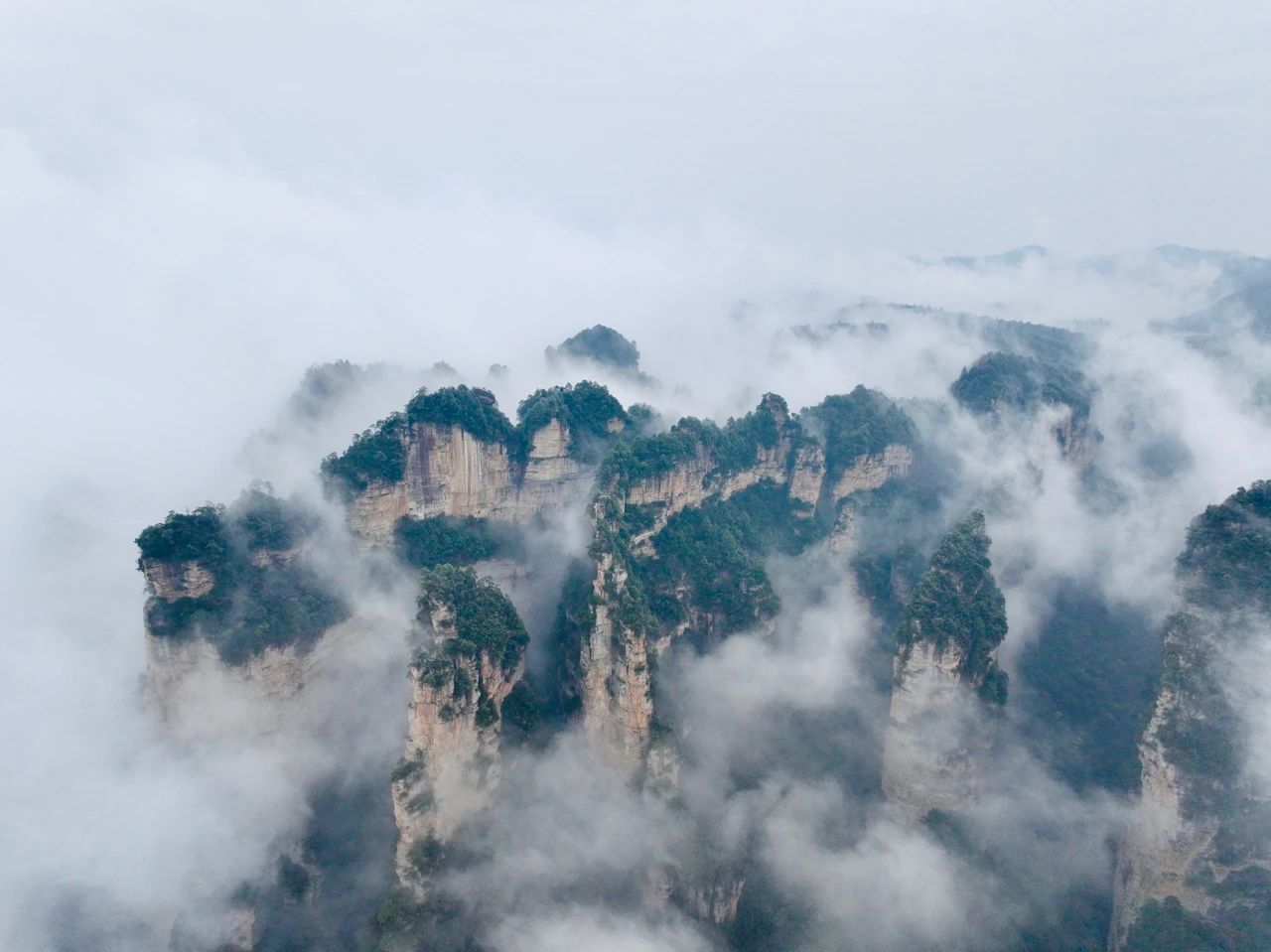On 17 December,2024, China National Migration Administration announced that Zhangjiajie Hehua International Airport becomes the port for transit visa free to foreigners in China 244 hours.

Today, The National Migration Administration of China announced that it will relax and optimize the transit visa free policy from now on, and extend the stay time of transit visa free foreigners in China from 72 hours and 144 hours to 240 hours (10 days). At the same time, 21 new ports will be added as entry and exit ports for transit visa free people, and further expand the stay area. Eligible personnel from 54 countries, including Russia, Brazil, the United Kingdom, the United States and Canada, who transit from China to a third country (region), can come to China without visa from any of the 60 open ports in 24 provinces (districts, cities), and stay in the specified area for no more than 240 hours.
The 21 new ports added in this relaxation and optimization of transit visa free policy include: Shanxi Taiyuan Wusu International Airport Port, Jiangsu Sunan Shuofang, Yangzhou Taizhou International Airport Port, Zhejiang Wenzhou Longwan, Yiwu International Airport Port, Anhui Hefei Xinqiao, Mount Huangshan Tunxi International Airport Port, Fujian Fuzhou Changle, Quanzhou Jinjiang, Mount Wuyi International Airport Port, Jiangxi Nanchang Changbei International Airport Port, Shandong Jinan Yaoqiang, Yantai Penglai, Weihai Dashuibo International Airport Port, Hunan Zhangjiajie Hehua International Airport Port, Guangxi Nanning Wuwei, Beihai Fucheng International Airport Port, Hainan Haikou Meilan, Sanya Phoenix International Airport Port, Sichuan Chengdu Tianfu International Airport Port, Guizhou Guiyang Longdongbao International Airport Port. The number of ports open to the outside world has increased from 39 to 60.
The comprehensive relaxation and optimization of the 240 hour transit visa free policy has further expanded the stay activity area. The policy applies to 19 provinces (regions, cities) including Beijing, Tianjin, Hebei, Liaoning, Heilongjiang, Shanghai, Jiangsu, Zhejiang, Fujian, Shandong, Henan, Hubei, Hunan, Guangdong, Guangxi, Chongqing, Sichuan, Yunnan, and Shaanxi, with an additional 5 provinces (regions, cities) including Shanxi, Anhui, Jiangxi, Hainan, and Guizhou, for a total of 24 provinces (regions, cities). Among the 5 newly added provinces, the transit visa free personnel will stay in the provinces of Anhui, Hainan, and Guizhou for the entire province, Taiyuan and Datong for Shanxi Province, and Nanchang and Jingdezhen for Jiangxi Province. Expand the stay activity areas of Fujian, Hubei, and Shaanxi provinces to the whole province, and expand the stay activity areas of Guangxi Zhuang Autonomous Region to 12 administrative regions including Nanning, Liuzhou, Guilin, Wuzhou, Beihai, Fangchenggang, Qinzhou, Guigang, Yulin, Hezhou, Hechi, and Laibin. Foreigners who come to China through the transit visa free policy can travel across provinces in the above 24 provinces (autonomous regions, municipalities) within their permitted areas of stay.
The relevant person in charge of the National Immigration Administration introduced that the relaxation and optimization of the transit visa free policy is an important measure taken by the National Immigration Administration to earnestly study and implement the spirit of the Central Economic Work Conference, actively serve and promote high-level opening up to the outside world, and facilitate the exchange of Chinese and foreign personnel. It is conducive to accelerating the cross-border flow of personnel, promoting foreign exchange and cooperation, and injecting new momentum into the high-quality development of the economy and society. In the next step, the National Immigration Administration will continue to deepen the opening of immigration management system, continue to optimize and improve immigration entry and exit facilitation policies, continue to improve the convenience of foreigners to study, work and live in China, and welcome more foreign friends to China to experience the beauty of China in the new era.
